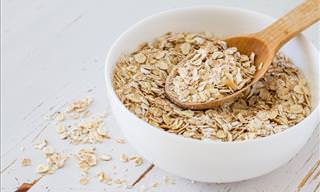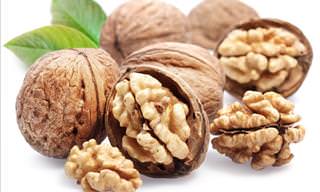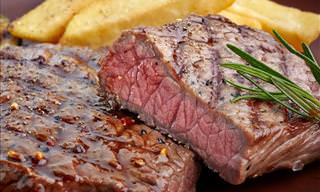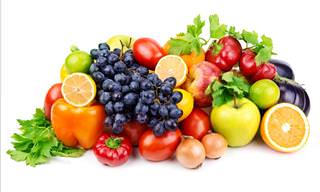Foods to Eat in Your 20s
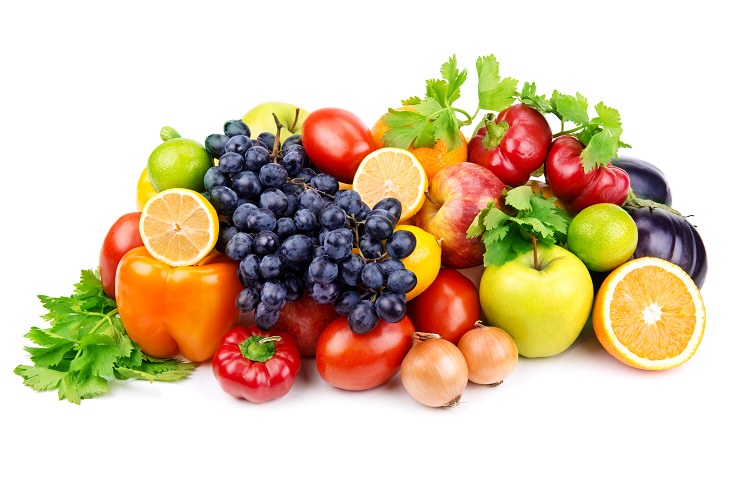
If you think that just because you’re young and your metabolism is high that you don’t have to worry about nutrition, then you need to think again. This is actually the critical decade for young adults; what you eat during this period sets the foundations and habits for a life of health or a life of health issues.
What’s on the Menu?
Lots and lots of fruit and vegetables as these provide the nutrients that your still-developing body and brain need. You should aim to eat at least nine servings of produce per day, with a 3:1 ratio of vegetables to fruit. It’s also important that you drink a lot of water as it helps move nutrients through the body, controls appetite and cravings, and boosts athletic and brain performance.
What You Should Avoid
This is bad news for college students everywhere: Dorm-room favorites such as ramen, donuts, and soda are setting you up for a lifetime of health problems. It’s especially important to cut out sugary beverages such as coffee, sodas, sports drinks, and even fruit juice (just eat real fruit instead).
There’s one more beverage that’s super popular in your 20s that you need to avoid – booze. This might be the decade of late-night cocktails and weekend-long parties but drinking too much alcohol can lead to disrupted sleep and unwanted weight gain. Furthermore, the damage that you’re doing to your liver will haunt you for decades to come.
Foods to Eat in Your 30s
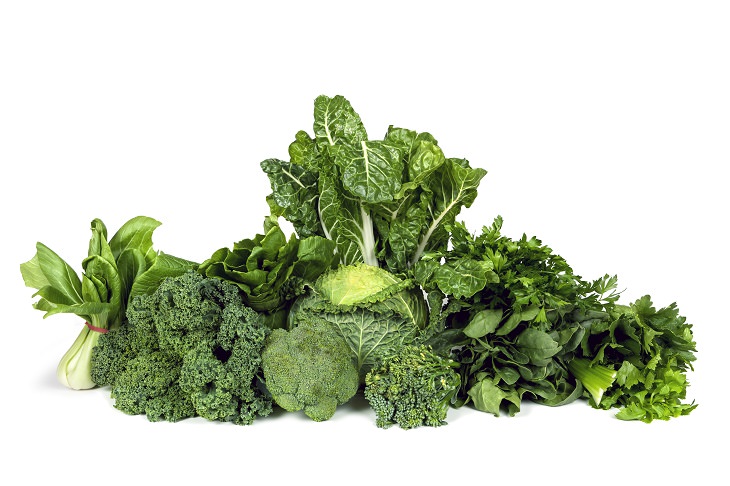
The 30s are when most of us start to feel our metabolism putting on the brakes and – thanks to this and the increased stresses of a career and a young family – they begin to gain weight.
What’s on the Menu?
To counteract this, you should make fiber your best friend by loading up on dark leafy greens such as kale, spinach, and avocados. Healthy fats from nuts, seeds, olive oil, along with fiber, will help you control your weight by keeping you full.
Starting to see some wrinkles? Keep your skin and bones looking youthful by focusing on foods that support collagen, which naturally starts declining in the body around the age of 35. Collagen-rich foods include lean proteins, green peas, bell peppers, carrots, oysters, and leafy greens.
What You Should Avoid
After a long and stressful day, it can be very tempting to grab a frozen pizza and unwind with a nice bottle of wine, but alcohol and processed foods are your main enemies in your 30s. These foods might save you time and provide temporary stress relief, but in the long run, they’ll damage your health, mentally and physically. Caffeine is another common crutch during this busy decade that can do more harm than good. In excess, caffeine can be dehydrating and disrupts sleep (which is critical during busy and stressful periods of life).
Foods to Eat in Your 40s
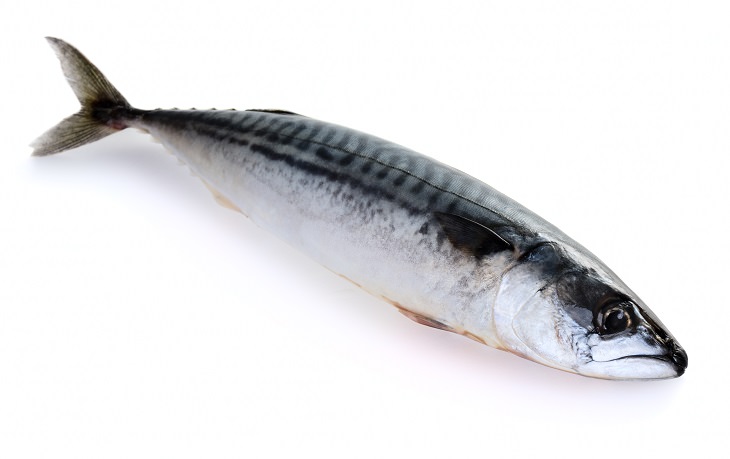
The 40s are a gateway between the fertile years and middle age, and as your body prepares for this transition, your hormones fluctuate wildly – especially estrogen and testosterone.
What’s on the Menu?
You can help stabilize your hormone levels by consuming cruciferous vegetables such as broccoli, cabbage, cauliflower, kale, and Brussels sprouts. Furthermore, omega-3 fatty acids can help to calm any inflammation that occurs from stress, build up your immune system, and improve your skin. You can get omega-3 fatty acids from fish such as salmon, trout, halibut, and sardines or from walnuts, chia seeds, and flax.
What You Should Avoid
While you might have been able to indulge in junk food in your 20s and 30s and not see too many ill effects, by the time you enter your 40s, you’ll start noticing the effects. If you haven’t yet, this is the decade where you really need to wean yourself off of the fast food, processed snacks, and especially sugar-filled soda.
Another thing you need to watch out for during this decade is your salt intake. Too much sodium is linked to bloating, high blood pressure, and weight gain. Most salt intake comes from processed foods such as pizza, soup, bread, sauces, and frozen meals.
Food to Eat in Your 50s
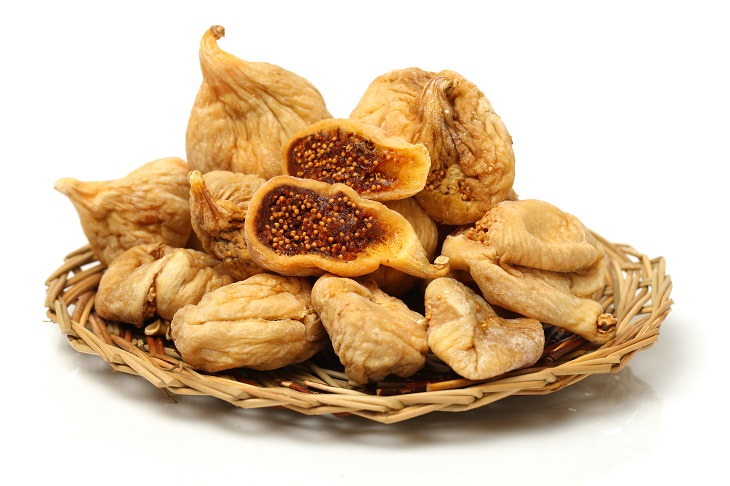
The 50s are all about great bone health – you’re not adding bone mass anymore so you need to eat food that’ll help you maintain and preserve the bones that you’ve got.
What’s on the Menu?
You should load up on calcium-rich foods such as milk, white beans, sardines, salmon, dried figs, kale, bok choy, black-eyed peas, oranges, and almonds. It’s best if you aim for two or more servings per day.
Fiber is also essential at this age. It makes you feel full which helps to regulate your appetite and lowers cholesterol levels to support heart health, decreasing your risk of cardiovascular disease – an important consideration in your 50s.
What You Should Avoid
We all know that excess sugar is really bad for your health. Instead of giving up everything sweet, you should try eliminating added sugars such as the kind found in soda, juice, cookies, candy, and other desserts. Eating these kinds of food causes a surge in blood sugar and the insulin hormone which can lead to diabetes and metabolic syndrome.
Foods to Eat in Your 60s and 70s+
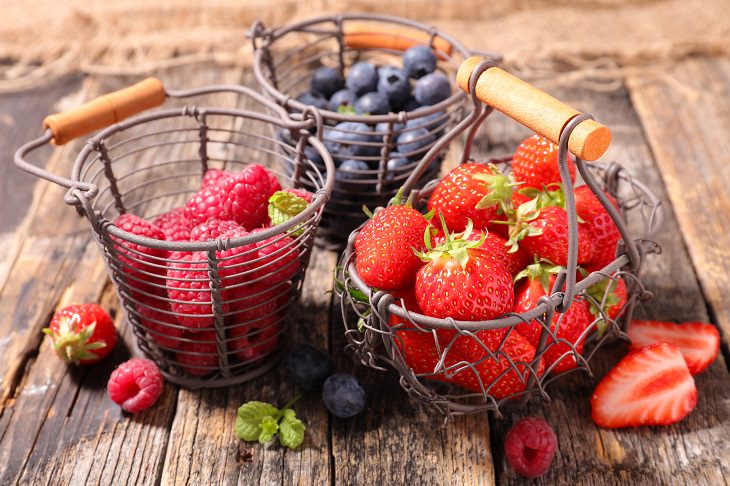
When you hit your 60s, your focus should turn to brain health.
What’s on the Menu?
Since the human brain is 60% fat, you should start by adding a daily serving of coconut oil as research has shown that it helps prevent and manage dementia. Berries are full of antioxidants, another nutrient that helps your brain and also boosts your immune system while reducing your risk of the chronic diseases that can crop up during this decade.
Protein is also important, especially as you get older. Eating a serving of protein at every meal can help you guard against muscle loss and maintain a healthy weight.
What You Should Avoid
Heart disease is the leading killer of men and women in the United States and the average age for a first heart attack is 65 in men and 70 in women. You can guard against this by cutting excess saturated fats from your diet. These are found mainly in animal products, palm oils, dairy, and processed foods and shouldn’t exceed 10% of your daily calories.
 Go to BabaMail
Go to BabaMail









































